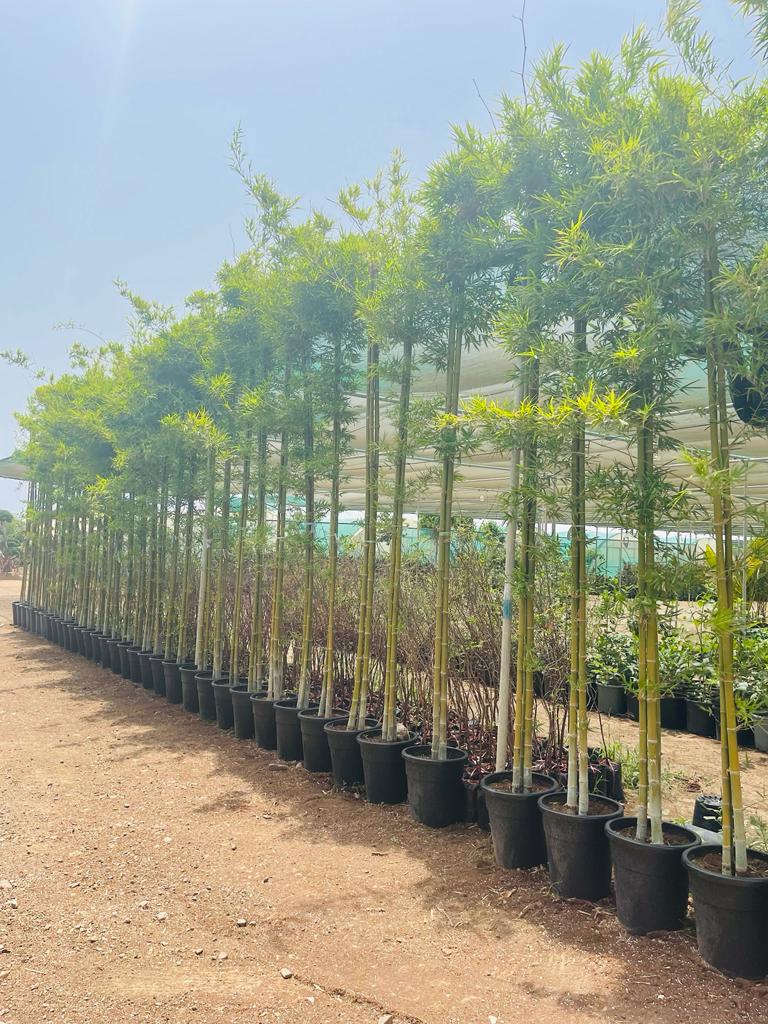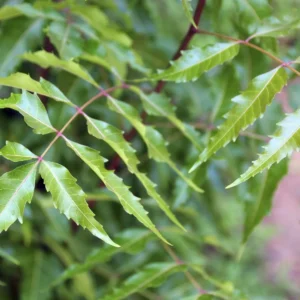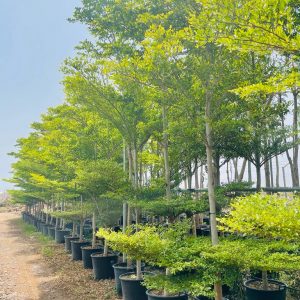Versatile (Bamboo plant)
Bambuseae (Bamboo plant) scientifically known as Bambuseae, is a versatile and fast-growing plant that belongs to the grass family Poaceae. It is found in various parts of the world, including Asia, Africa, and the Americas. Here are some key features and information about the Bamboo plant:
Versatile (Bamboo plant) Growth Habit:
Bambuseae (Bamboo plant) is known for its rapid growth and can reach impressive heights. It has a unique rhizome-based root system that allows it to spread and form dense clumps or groves. Some bamboo species can grow several feet in a single day under ideal conditions.
Versatile (Bamboo plant) Culms:
The main stems of Bambuseae (Bamboo plant) , known as culms, possess distinct nodes and internodes along their length. They are hollow and cylindrical, with variations in color, size, and thickness depending on the bamboo species. Culms serve as structural support and find utility in construction, crafts, and other applications.
Versatile (Bamboo plant) Leaves:
Bambuseae (Bamboo plant) leaves are long, slender, and usually lanceolate in shape. They grow in clusters from the nodes along the culms. The leaves are typically evergreen and provide an attractive backdrop with their vibrant green color.
Versatile (Bamboo plant) Uses:
Bambuseae (Bamboo plant) wide range of uses positions it as one of the most versatile plants. People commonly use it for construction purposes, such as building houses, fences, furniture, and even bridges. Bamboo shoots, which are edible, feature in various cuisines. Moreover, people utilize the plant to create paper, textiles, musical instruments, and decorative items.
Environmental Benefits:
Bambuseae (Bamboo plant) is known for its positive environmental impact. It is a renewable resource that grows quickly, requiring minimal water and pesticides. Bamboo forests help prevent soil erosion, promote biodiversity, and contribute to carbon sequestration, making them beneficial for the environment.
Cultural Significance:
Many societies attribute cultural significance to bamboo. Asian cultures, in particular, deeply root their traditions in bamboo, as it symbolizes strength, flexibility, and resilience. People often associate bamboo with harmony, longevity, and good fortune.
Species Diversity:
There are numerous species of bamboo, each with its own unique characteristics. Some species are clumping bamboos, which form tight, non-invasive clumps, while others are running bamboos that spread more aggressively. The size, shape, and growth habits of bamboo can vary greatly among different species.
Growing Conditions:
Bamboo thrives in diverse climates, ranging from tropical regions to cooler temperate zones. It prefers well-drained soil, ample sunlight, and regular watering. Some bamboo species can tolerate colder temperatures and even snow.
In summary, the Bamboo plant is a versatile and highly adaptable plant known for its rapid growth, various uses, and positive environmental impact. Whether utilized for construction, culinary purposes, or cultural symbolism, bamboo continues to be an important and valued resource worldwide.
Versatile (Bamboo plant) The Bambuseae are the most diverse tribe of bamboos in the grass family (Poaceae). They consist of woody species from tropical regions, including some giant bamboos. Their sister group are the small herbaceous bamboos from the tropics in tribe Olyreae, while the temperate woody bamboos (Arundinarieae) are more distantly related. The Bambuseae fall into two clades, corresponding to species from the Neotropics (subtribes Arthrostylidiinae, Chusqueinae, and Guaduinae) and from the Paleotropics (subtribes Bambusinae, Hickeliinae, Melocanninae, and Racemobambosinae)







Reviews
There are no reviews yet.